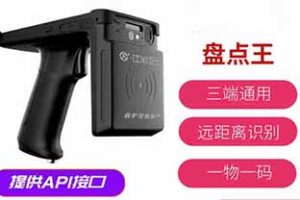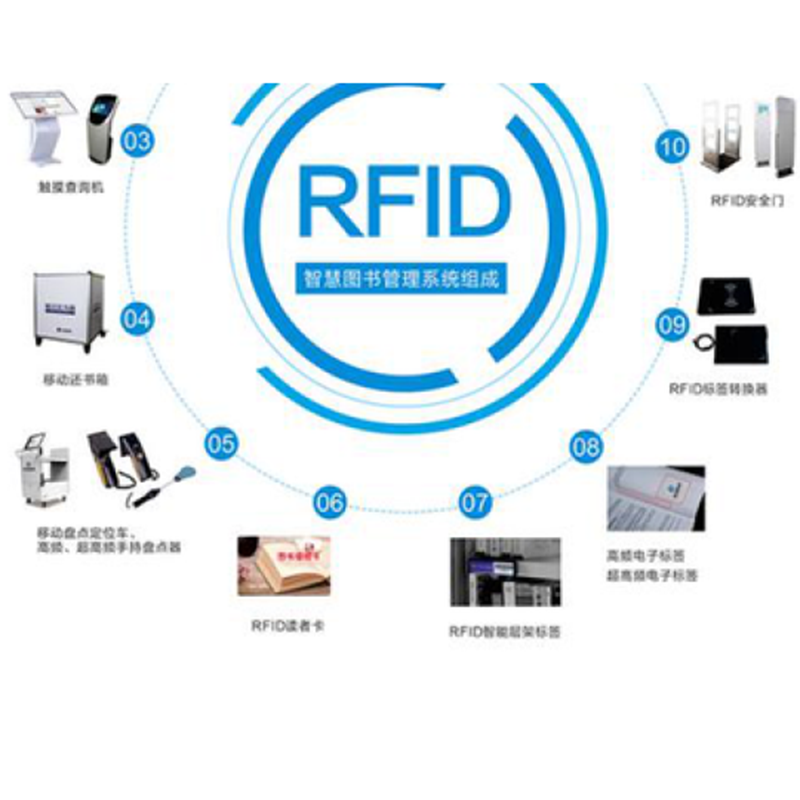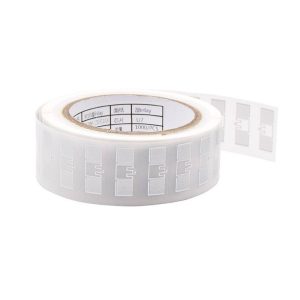The functions and applications of RFID handheld devices 123
RFID stands for Radio Frequency Identification technology. It is a wireless communication technology that can identify specific targets and obtain relevant data through radio waves. RFID technology is widely used in logistics, inventory management, payment systems, and other fields, which can improve work efficiency and security. Through RFID technology, items can be uniquely identified and tracked, providing convenience for business management and consumers. The development of RFID technology will further promote the development of animal networking and intelligent technology, with broad application prospects

The role and application of RFID handheld devices
RFID handheld devices, also known as RFID handheld devices or RFID handheld terminals, are an important component of RFID systems. It is a handheld electronic reading and writing device with RFID antenna and reader functions, capable of real-time reading, writing, and managing RFID tags. RFID handheld devices are widely used in fields such as warehousing, assets, retail, industry, and healthcare.
The role of RFID handheld devices is mainly reflected in the reading, writing, management, and configuration of RFID tags. It can help users quickly scan and read information on RFID tags, assist users in inventory management, data collection, tracking management, and other operations. In addition, RFID handheld devices can also synchronize and interact with the backend management system, allowing users to encode, decode, delete and other operations on tags, making data management convenient.
The functions and applications of RFID handheld devices
According to factors such as usage frequency and read/write distance, RFID handheld devices can be divided into three types: low-frequency, high-frequency, and ultra-high frequency. The general operating frequency of low-frequency equipment is 125kHz, and the reading and writing distance generally does not exceed 10cm; The general operating frequency of high-frequency equipment is 13.56MHz, and the reading and writing distance is generally around 10cm; The general operating frequency of ultra-high frequency equipment is 860MHz to 960MHz, and the reading and writing distance can reach several meters to more than ten meters.
The application scenarios of RFID handheld devices are very extensive, covering multiple fields such as warehousing, assets, retail, industry, and healthcare. In the field of warehousing and logistics, RFID handheld devices can achieve real-time tracking and monitoring of the location, quantity, status, and flow of items, improving logistics efficiency, accuracy, and security; In the retail field, RFID handheld devices can help manage inventory, prevent theft, and enhance the shopping experience; In the industrial field, RFID handheld devices can assist in tracking and managing equipment and items on production lines; In the medical field, RFID handheld devices can assist in identifying patients, managing drugs and devices. In addition, RFID handheld devices can also be applied in fields such as pet management, vehicle management, and logistics supply chain management.
The functions and applications of RFID handheld devices
The use of RFID handheld devices depends on the presence of RFID tags. RFID tags are usually composed of chips and antennas, which store different types of data internally and can be attached to the surface of items. Through the recognition and reading of RFID handheld devices, users can obtain relevant information about items. RFID tags help users quickly and accurately identify and track items on the tags, enabling operations such as inventory management, logistics tracking, and production monitoring.






